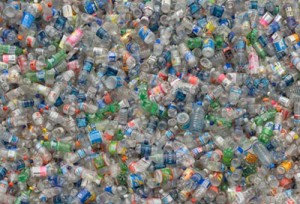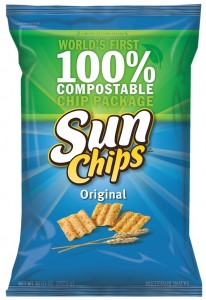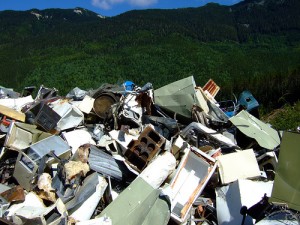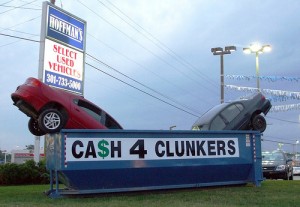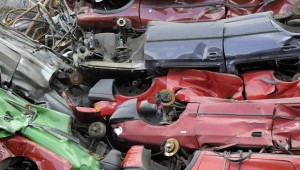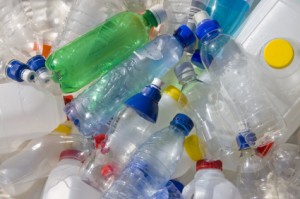Plus lessons from Coca-Cola, Dell and Timberland
Retailers go green for two reasons. One, consumers favor products they believe are green. Two, it’s the right thing to do.
One in three American consumers are more likely to choose environmentally responsible products, and 70 percent of Americans are paying attention to what companies are doing about the environment, according to an Opinion Research poll. Across the water, two out of three UK adults say environmental concerns influence their purchasing decisions.
Does the time and expense of green retailing to these consumers pay off? The jury is still out on that one, so the smart retailer at least considers going green. Fortunately, good green retail marketing is by definition good for the planet. It’s not greenwashing. To be effective, green retailing actions must be able to withstand reasonable scrutiny. They’re changes that matter, in ways however small, to the planet and your business.
Step one: the inventory
If you want to go green, the first thing to do is conduct a thoughtful inventory of how your business affects the environment. Consider both the obvious and less obvious impacts. Let’s say you sell cars. Obvious impacts include the gas they burn, the emissions they spew and the pile of tangled metal that eventually goes to the landfill. The less obvious effects include the production of electricity to illuminate your lot; the trees that die for your paperwork; and the impact of trucking new cars to your showroom. Less obvious still are the natural resources that go into the vehicles’ parts, the energy produced in refining those materials, and all the subsequent consequences of manufacturing.
With this inventory, you learn pretty quickly the infinite breadth of your environmental footprint. The good news is you don’t have to fix everything at once. The inventory simply introduces you to accountability and defines the scope of areas where you can become more sustainable. (This step also tells you how c ritics might attack you should you be so foolish as to make overly aggressive green claims.)
ritics might attack you should you be so foolish as to make overly aggressive green claims.)
With your environmental impact inventory complete, here are some options for going green and some examples of companies that employ them:
Green your product
Any product can be greened up. Downsize the vehicles you sell, for example, and make room for some hybrids. Or use greener materials. Payless Shoes now offers a full line of eco-friendly footwear, purses and accessories that use natural fibers like organic cotton, hemp, jute (plant), recycled rubber and plastic, water-based glue and (for packaging) 100-percent recycled boxes printed by soy-based ink. No metal or pesticides in the sourcing chain and no excess raw material extraction. (Sorry, ladies, no pumps either, but you can still get some elevation, see right.) The marketing benefits are immediately clear: Why else would this post mention Payless? How else would Payless have caught our eye on Reuters?
Green your most visible operations
Whole Foods Market banned the use of plastic grocery bags at its 280-plus stores starting on Earth Day 2008. In the ensuing year, it says it has kept an estimated 150 million plastic bags out of landfills. The campaign helped energize customers to triple their use of reusable bags – themselves made of recycled materials. The company also sells a special reusable bag for $29.99, each sale of which feeds 100 kids in Rwanda. That’s good marketing, and it’s hard to be cynical about feeding the hungry.
Green the building
 Timberland opened a “carbon neutral” store in New York City last week with reclaimed wood, salvaged brick, efficient lighting and non-VOC paint. These green features hit the consumer between the eyes. Although less visceral, Timberland’s LEED certifications for its mall stores are also important for green credibility.
Timberland opened a “carbon neutral” store in New York City last week with reclaimed wood, salvaged brick, efficient lighting and non-VOC paint. These green features hit the consumer between the eyes. Although less visceral, Timberland’s LEED certifications for its mall stores are also important for green credibility.
Green your energy consumption
Dell, for example, announced last week it gets 26 percent of its global electricity needs from renewable energy sources, up from 20 percent in 2008, and powers nine of its facilities with 100 percent renewable energy. Twenty-six percent doesn’t sound like a whole lot, but the company wisely uses credible third parties to compare itself favorably with competitors in technology and in big business. Dell also uses another tactic…
Buy renewable energy certificates
Renewable energy certificates, or RECs, are commodities that an organization can purchase from a renewable energy producer (solar, wind, biofuels) to conceptually offset the harm the first company’s power sources are causing. Purchasing a REC subsidizes renewable energy production and effectively increases the cost of emitting carbon. It’s of limited green retailing value except in bolstering a claim of progress toward carbon neutrality.
All of these measures can be effective, but they have the potential of doing more harm than good. Few media stories are more withering than a point-by-point analysis (of how a company took its green claims a little too far. So just be careful what you say and how you say it:
 Modesty is always nice, lest you provoke observers to note all the ways you are not yet green.
Modesty is always nice, lest you provoke observers to note all the ways you are not yet green.- Align green retail actions with your product. The auto industry needed greening, so Toyota greened an auto, the Prius. Coca-Cola, a beverage company, is vowing to replenish the supply of the world’s most popular beverage: water. Alignment resonates. If your building is LEEDS certified but your product pollutes, your overall message is weak.
- Try to be correct. The Treehugger blog skewered an Italian architect for a stunning creation billed as the “first zero CO2 office building in Milan.” Among other things, the building is elevated on 13-meter pyramid-like “stilts,” effectively driving occupants onto elevators just to get inside. On a roll, the blog even complained about the carbon footprint of manufacturing photovoltaic panels for the roof.
- Prepare for surprises. As BusinessWeek.com reported, Coca-Cola until recently assumed that most of its emissions came from manufacturing or its trucks. It discovered the lion’s share came from cold drink equipment – the coolers, vending machines and fountain dispensers. This gear includes potentially damaging refrigerants and insulation and consumes a lot of electricity. This unexpected source accounted for about 15 million metric tons of emission every year – almost twice that of the trucks and manufacturing combined.
These examples should give you some direction in planning your next step in green retailing. Remember, if it’s good for the planet, it’s good for business. Because it’s hard to profit without a planet.

 In a civic climate where most of us wait for the government to act, or deride it for failing to, Quintans and her grassroots group “
In a civic climate where most of us wait for the government to act, or deride it for failing to, Quintans and her grassroots group “ money, and some student artistic talent to make these bins a reality. The city will take over from here. Hopefully, collection costs will be offset by avoided landfill costs together with the hard-to-quantify environmental benefit.
money, and some student artistic talent to make these bins a reality. The city will take over from here. Hopefully, collection costs will be offset by avoided landfill costs together with the hard-to-quantify environmental benefit.